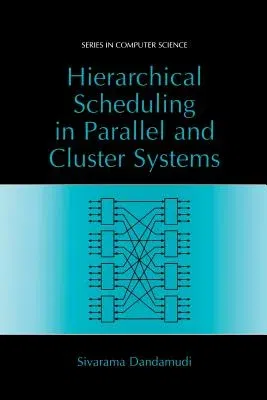Sivarama Dandamudi
(Author)Hierarchical Scheduling in Parallel and Cluster Systems (Softcover Reprint of the Original 1st 2003)Paperback - Softcover Reprint of the Original 1st 2003, 24 September 2012

Qty
1
Turbo
Ships in 2 - 3 days
In Stock
Free Delivery
Cash on Delivery
15 Days
Free Returns
Secure Checkout
Part of Series
Computer Science
Part of Series
Series in Computer Science
Print Length
251 pages
Language
English
Publisher
Springer
Date Published
24 Sep 2012
ISBN-10
1461349389
ISBN-13
9781461349389
Description
Product Details
Author:
Book Edition:
Softcover Reprint of the Original 1st 2003
Book Format:
Paperback
Country of Origin:
NL
Date Published:
24 September 2012
Dimensions:
23.39 x
15.6 x
1.5 cm
ISBN-10:
1461349389
ISBN-13:
9781461349389
Language:
English
Location:
New York, NY
Pages:
251
Publisher:
Weight:
394.63 gm

